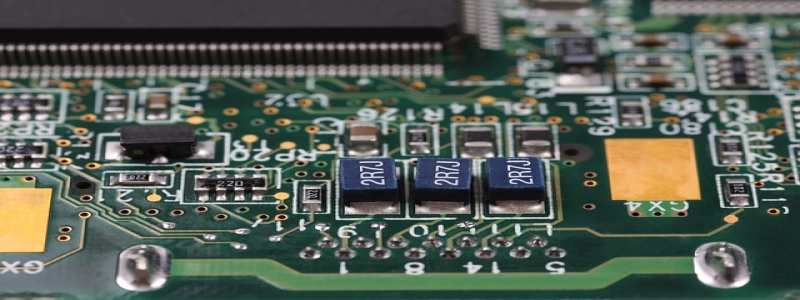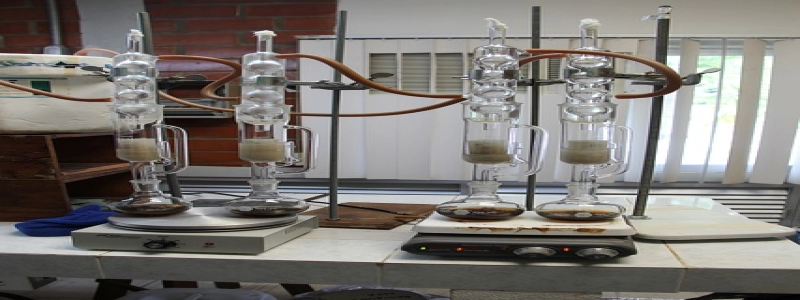Power Over Ethernet Standard
Introduction:
The Power over Ethernet (PoE) standard is a technology that allows power to be transmitted over the same Ethernet cable used for data transmission. With the increasing number of network devices and the need for efficient power management, PoE has become a widely adopted standard in various industries. This article will delve into the different levels of PoE and provide a detailed explanation of its features and benefits.
I. Level 1 PoE:
Level 1 PoE is the initial standard established by the Institute of Electrical and Electronics Engineers (IEEE). It provides a power supply of up to 15.4 watts, which is sufficient for low-power devices such as IP phones and wireless access points. Level 1 PoE operates at 48 volts and is compatible with the Ethernet standard (IEEE 802.3af).
II. Level 2 PoE:
Level 2 PoE, also known as PoE Plus, is an enhanced version of the original standard. It can deliver up to 30 watts of power, making it suitable for devices with higher power requirements, such as pan-tilt-zoom cameras and thin clients. Level 2 PoE operates at 57 volts and is compatible with both IEEE 802.3af and IEEE 802.3at standards.
III. Level 3 PoE:
Level 3 PoE, also referred to as Ultra PoE or PoE++, is the latest and most advanced standard. It provides up to 60 watts or more of power, enabling the use of power-hungry devices like high-definition displays and advanced access control systems. Level 3 PoE operates at 52-56 volts and is compatible with IEEE 802.3at.
Benefits of Power over Ethernet:
1. Simplified Installation: With PoE, there is no need for separate power cables, reducing installation costs and complexity. It allows for flexible device placement without the limitation of power outlets, enabling easier implementation of network devices in hard-to-reach areas.
2. Flexibility and Scalability: PoE enables the easy addition or relocation of network devices without the need for rewiring or additional power sources. This flexibility simplifies network management and allows for scalability as new devices can be conveniently integrated into the existing infrastructure.
3. Cost and Energy Efficiency: PoE eliminates the need for power adapters and multiple power sources, leading to cost savings in equipment and energy consumption. The centralized power management provided by PoE also facilitates remote power management, such as device monitoring and power scheduling, further reducing operating expenses.
4. Enhanced Reliability: By providing a reliable power source through Ethernet cables, PoE mitigates the risk of downtime due to power outages or cable faults. This increased reliability ensures continuous operation of critical network devices and improves overall network performance.
Conclusion:
The Power over Ethernet standard has revolutionized the way power is delivered to network devices. With multiple levels of PoE providing varying power capabilities, it has become an essential technology in industries such as telecommunications, surveillance, and building automation. The benefits of PoE, including simplified installation, flexibility, cost and energy efficiency, and enhanced reliability, make it a valuable solution for any organization seeking to leverage the power of Ethernet for both data and power transmission.








